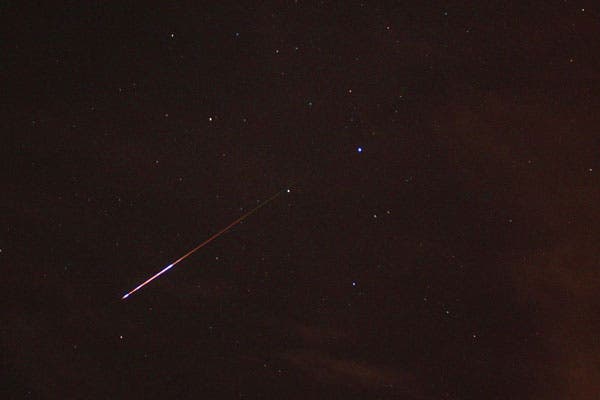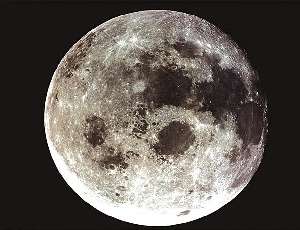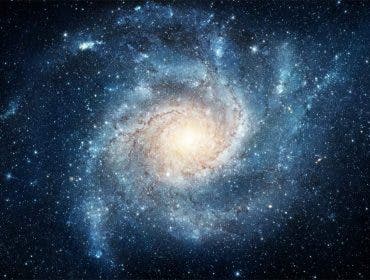Photo by Jared Tennant (Perseid meteor shower) [CC BY 2.0 (http://creativecommons.org/licenses/by/2.0)
Astrophotographers, rejoice! This year’s Perseid meteor shower is one of the brightest in years. The spectacular displays were visible in the northeast skies as of last night, and will continue to be visible this evening until the new moon this weekend. There’s never been a more perfect time to pack up your camera gear and take a scenic drive to a park or beach away from city lights. Here are some key tips and great gear that will help you take some gorgeous shots of the cosmic event.
1. Start with a great DSLR camera. It is essential that you choose a camera that allows for manual control and is great in low-light because you will need exposures as long as 15-30 seconds or more. Many point and shoots, as great as they might be, simply will not allow you to do this. A perfect camera for tonight and future celestial events would be the Pentax K-3 II, which features Astrotracer technology. This technology tracks and photographs stars by using GPS to calculate celestial movement, eliminating the need for extra accessories. It is also weather-resistant and dust-proof, making it a camera that thrives in any field setting.
2. Get a sturdy tripod. There are many great tripods on the market, but on this occasion you will need one that will be sturdy in the grass, dirt,or sand, depending on your viewing location. The Manfrotto 190XPRO3is a compact 3-section aluminum tripod with features that include switching between vertical and horizontal column orientation with camera attached.
3. Use a cable release or intervalometer. When you are talking about 30 second exposures, you don’t want ANY vibration on the camera, including your finger on the shutter button. The Flashpoint Wave Commander Wired Remote Intervalometer is perfect for prolonged astronomical events, and is compatible with a range of cameras.
4. Use a wide, fast lens. The wider the lens, the more of the sky you will capture, increasing your chances of recording that sand grain-sized speck of cosmic dust speeding across the sky at about 36 mph. You’ll have to keep your aperture open at the widest setting you can, a minimum aperture of 2.8 or lower is recommended. Something similar to this Canon EF-S 18-55mm f/3.5 – 5.6 IS II lens would be great, and is commonly used for low-light night photography.
5. Set your ISO. Test your camera’s ISO settings starting with an ISO of at least 800, preferably higher. The amount of noise you get will depend largely on your camera model, as some cameras are simply better low-light performers than others.
6. Set your exposure settings. You are trying to capture those beautiful light trails, and to do that you will need to set your exposure to 15-30 seconds depending on your camera set up. Experiment with different exposure times, depending on the effect you are looking for in your photograph.





